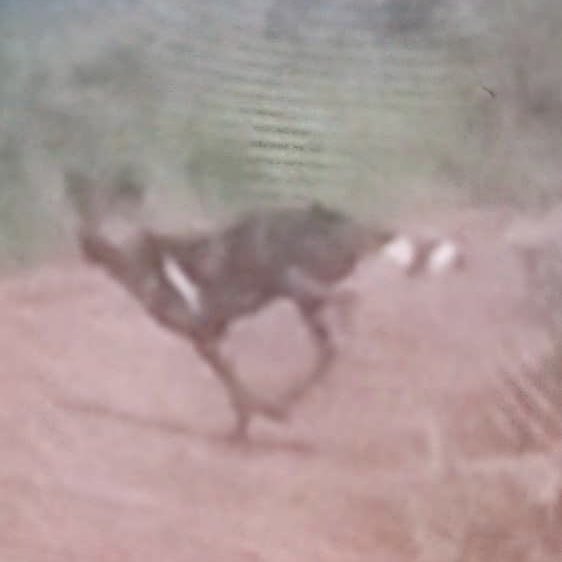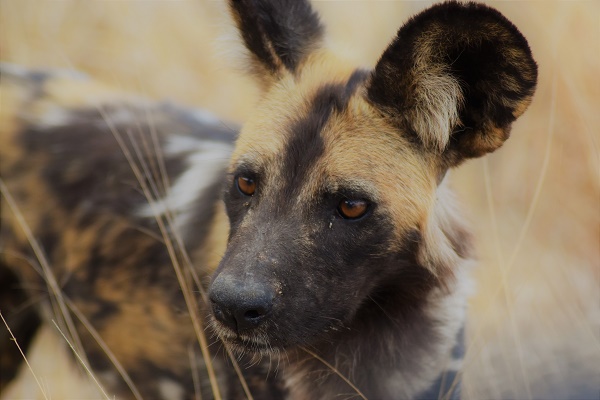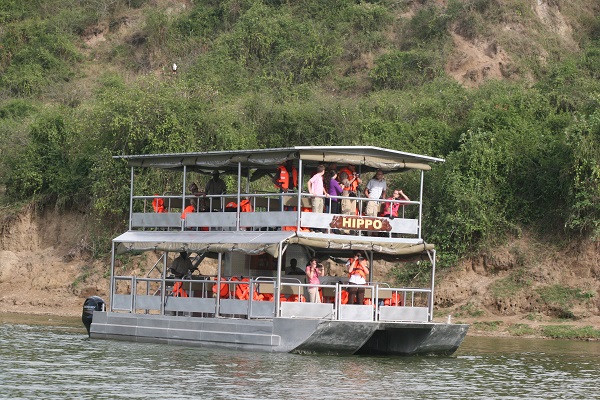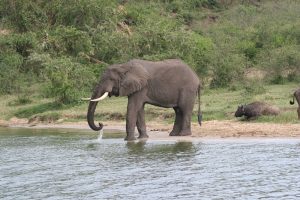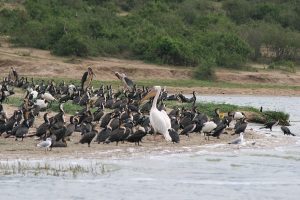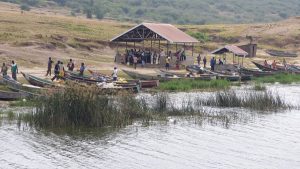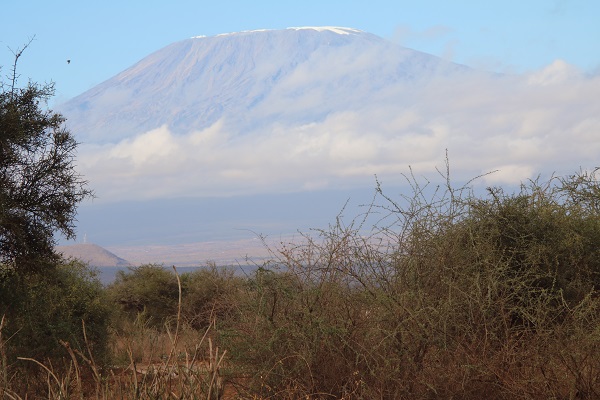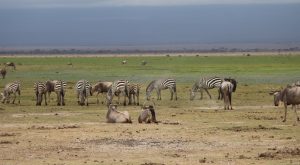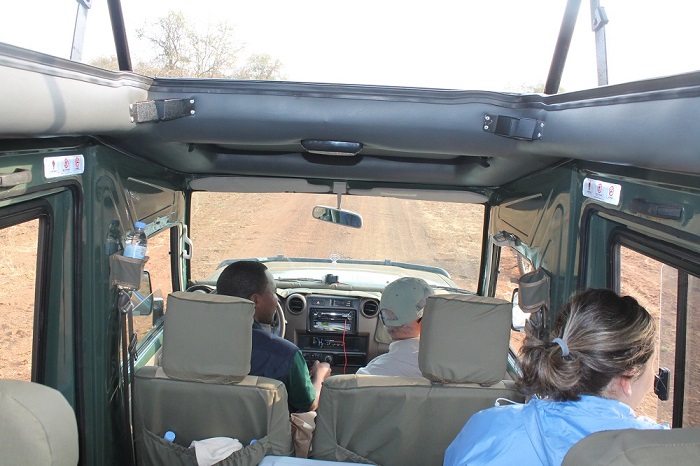
Before going on a safari to Akagera National Park there are a number of factors a lot of people overlook when planning the trip to the park.
Akagera National Park is just two and half hours’ drive away from Kigali, in the eastern province of Rwanda. This makes it an easy destination to visit, and so a lot of travelers may not put so much effort in planning their trip beyond knowing how to get to the park. However with better planning you will enjoy better the safari in Akagera National Park that can sometimes disappoint due to the small volume of a number of big game.
As you plan your trip, consider the following
What is the best time to start the trip to Akagera National Park?
Akagera National Park is only two and half hours drive from Kigali which gives people such laxity in deciding when to depart from Kigali. And perhaps, this nearness gives such flexibility for one to start their trip at the more convenient or flexible time of the day.
However, depending on how much time or number of days you plan to spend in Akagera, the time you depart from Kigali is important.
Starting time for 1-day safari
If you are planning a one-day safari to Akagera National Park and return to Kigali on the same day, you should depart from Kigali as early as 5am or even earlier so that you can start the game drive not later than 7.30am to give you enough time for the 5+ hours complete game drive through the park allowing you properly explore Akagera without rush.
If you want to do the boat cruise safari on Lake Ihema which is difficult to include in a day trip then you will have to depart from Kigali as early as 4.30am to be able to find the first boat cruise schedule of 7.30am – 8.30am, so that you game drive would start by around 8.30am.
Starting time for 2+ days
If you are going to have at least 2 days for your trip to Akagera then you can depart from Kigali at 7.30am or later.
What time does Akagera National Park open and close?
The park opens at 6am and closes at 6pm.
No entry or exit is allowed beyond this time.
Also all day game drives should have ended before 6pm. If found in the park beyond 6pm you are penalized.
Only persons that will have booked the night game drive operated by the park are in the park beyond 6pm. The night game drives start at 5.30pm and end at around 8.30pm.
Accessing Akagera National Park
Akagera National Park has two gates.
The first gate is in the south of the park in Kayonza District and is the only ENTRY gate into the park. It can also be used to exit the park.
The drive time from Kigali to the Kayonza gate is 2.30 hours.
The second gate is in the north of the park in Nyagatare District and is an EXIT ONLY gate. Entry is not allowed through the Nyagatare gate.
Game drives start from the south of the park and normally end in the north, and continuing to exit through the Nyagatare gate if end of the trip. The drive from the exit gate back to Kigali is about 4 hours long.
Deciding on where to stay: Inside the park vs affordable hotels outside the park
Deciding where to stay is one of the key factors to consider carefully, especially if you are looking for an affordable lodging or hotel. Also, certain activities may require you to stay at particular accommodations or close to certain areas. Follow below:
Inside the park vs affordable hotels outside the park
The most convenient place to stay on your safari in Akagera is inside the park, at Akagera Game Lodge or Ruzizi Tented Lodge. Staying inside makes it convenient for you start the tour, and also gives you a great bush experience as you are within nature and enjoy great views from the lodges.
There are also hotels that are just outside park that are more affordable than those in the park.
But, but, it is important to note that, staying inside the park has an incentive, park entrance fees are paid per night, and after the first night the second night is 50% less. For example, park entrance for international visitors is $100 for the first night and $50 for the second night. On the other hand, when you stay outside you are charged $100 at every entry, even if you entered for a couple of hours the day before and exited to sleep outside.
Therefore, lodges near but outside the park may seem way more affordable but you will pay more in entrance fees
Activities that need you at specific accommodations
Balloon safari
The balloon safari in Akagera National Park starts quite early. By 5am you should at the starting point in the south of the park. This is before opening time of 6am. It is therefore more convenient to stay within the park at Ruzizi Tented Lodge or Akagera Game Lodge
Rhino tracking
The rhino tracking in Akagera National Park takes place only in the north of the park which is more than 4 hours drive away from the south of the park. And, the rhino tracking takes place only in the morning. So, you cannot sleep in the south and plan to include this activity in your itinerary.
You have to stay at Karenge Bush Camp that is located in the north of the park overlooking the Kilala plains and surroundings where the rhino tracking takes place.
The game drive: southern area of the park vs the northern area
Entrance into the park is through the southern gate of Kayonza, hence all game drive start from the south.
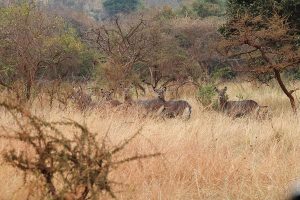
The south is mostly dominated by acacia woodland, thickets and forest habitats, in addition to wetlands and a nice lake shore. So not a lot of game viewing driving here. The prized sighting in the south are the black rhinos that in this part of the park, but of course not so easy to see. Common sightings in the south include monkeys, zebras, antelopes, elephants, hippos and crocodiles.
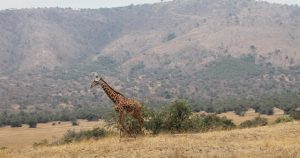
The game drive continues northward till arriving at the Kilala plains the climax of the safari in Akagera National Park. The Kilala plains and surroundings is where you will find a lot of animals in the same area such as zebras, giraffes, buffaloes, elephants, warthogs, antelopes. This makes the Kilala the best place to find the lions too. The white rhinos are also found in the north of the park.
How about you book a customized trip with a trusted tour operator?
2 day trip to Akagera National Park
3 days Akagera National Park tour
